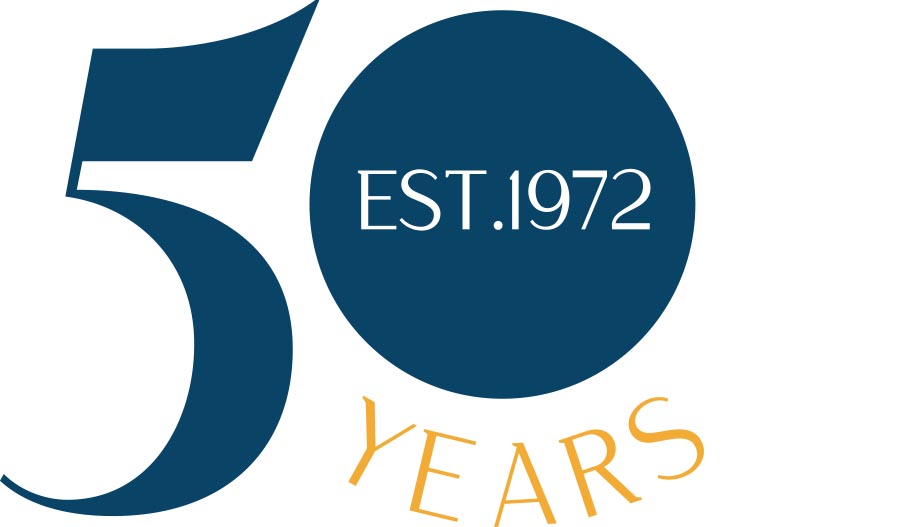In a recent case from the Ontario Court of Appeal, a new highwater mark was set for damages in wrongful death cases. In Moore v 7595611 Canada Corp (2021 ONCA 459), the Court reviewed a Jury award after the plaintiff had been badly burned and succumbed to her injuries.
Her parents, who were at her bedside for three days post-accident, had to make the excruciating decision to remove her from life support.
In Ontario, surviving family members advance claims under the Family Law Act for Loss of care, guidance, and companionship. Historically, these payments had been very modest, and it wasn’t until 2001, in a case called To v. Toronto Board of Education (2001 CanLII 11304), that the Court of Appeal accepted a six-figure payment under this head of damage. The To decision was the first in Ontario to ever award $100,000 for the loss of care, guidance, and companionship.
In the Moore case, the Jury had awarded $250,000 under this head of damage, so, needless to say, the defendant appealed that award. The Court summarized the defendant’s argument saying,
[22] The appellants also challenge the jury’s award for loss of care, guidance, and companionship. Mr. Lysenko claims that the award is simply too high, given that this court in To v. Toronto Board of Education(2001), 2001 CanLII 11304 (ON CA), 204 D.L.R. (4th) 704 (Ont. C.A.), at para. 37, established that $100,000 adjusted for inflation represents the “high end of an accepted range of guidance, care, and companionship damages.” Therefore, according to the appellants, the $250,000 awarded to each respondent for loss of care, guidance, and companionship goes against this court’s established case law.
Our Courts permit us to adjust damage awards by adding inflation to historical cases. That way, you can compare apples to apples and say a particular case, in current dollars, is worth ….
The Court, in commenting on the inflationary increase in To, stated,
[26] If the To amount of $100,000 from February 1992 is adjusted for inflation to the date of Alisha’s death in November 2013 using the consumer price index, it would amount to just shy of $150,000. Despite the difference between that indexed amount and the quantum of damages awarded in this case, the respondents contend that this court should not interfere, as the high standard for appellate intervention has not been met. I agree.
In effect, the award of $250,000 in the Moore case was moving the high water mark on these damages by $100,000 in current dollars. This represents an increase of 66.66 % from the previous highest award.
In supporting the award of $250,000 to the parents of the young child in Moore, the Court went on to say,
[27] First, it is important to recognize that, while Osborne A.C.J.O. referred to the $100,000 in To as perhaps being viewed at the “high end” of an accepted range for damages of this nature, he just as quickly pointed out that, unlike Alberta with s. 8(2) of its Fatal Accidents Act, R.S.A. 2000, c. F-8, for example,the legislature in Ontario did not establish an upper limit on these types of damages: To, at para. 29. In the absence of any such legislative cap, “each case must be given separate consideration” by the courts to determine the appropriate quantum of damages: To, at para. 30. Of course, locating the “right” amount for the loss of the guidance, care, and companionship of a child who has died because of another’s negligence verges on the near impossible to calculate, as the courts are called upon to measure the “immeasurable” and to calculate the “incalculable”: To,at para. 30, citing Gervais v. Richard(1984), 1984 CanLII 1951 (ON SC), 48 O.R. (2d) 191 (H.C.),at p. 201. See also Fiddler,at para. 76. Quite simply, there is no neat mathematical formula that can be applied to determine the correct amount.
[28] Second, despite the damages awards given in both Toand Fiddler, both courts were careful to reinforce the idea that, like the absence of a legislative cap for damages of this nature, there is no judge-made cap for this form of non-pecuniary damages: To, at para. 29; Fiddler, at para. 76. While one can look to other guidance, care, and companionship assessments in similar cases to test the reasonableness of a jury’s determination of damages in any given case, these types of comparative exercises are not determinative of the outcome: To,at para. 31. To the contrary, “Each case must be considered in light of the evidence material to the guidance, care, and companionship claims in that case”: To, at para. 31. This includes, as LaForme J.A. set out in Fiddler,at para. 77, considering each case “in light of the particular family relationships involved in that case.”
It will be interesting to see how the law develops in this area in the coming years. Arguably, the Court is signaling that these awards have been too low, and now is the time to increase the compensation to surviving loved ones.




